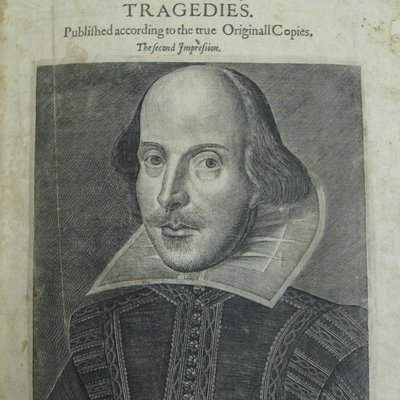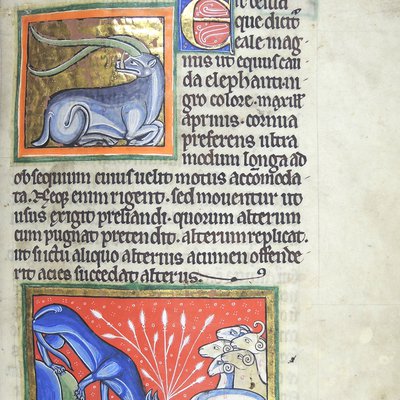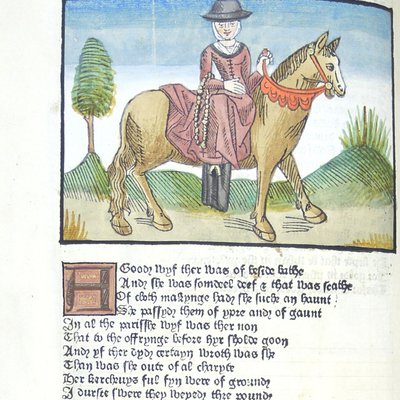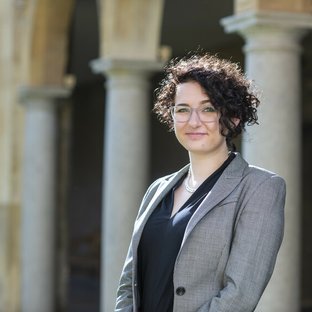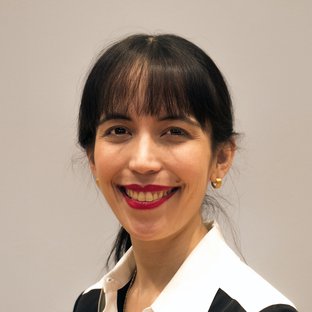English and Joint Schools
Average intake: 7-8
At St John's, undergraduate students enjoy a fruitful mixture of small group and tutorial teaching. Most of your teaching will be in College, although students with interests in specialist topics, such as film studies or linguistics, receive external tuition. Our students are highly motivated: they enjoy being challenged, and debating their ideas about literature. Year groups often form close ties outside tutorials by working together in journalism, drama, film and video production.
The English tutors at St John’s are actively involved in research, in fields as diverse as Old Icelandic literature, Shakespeare and early modern poetry, life-writing, contemporary fiction and poetry. We bring the latest critical debates and incorporate the newest reading into our undergraduate teaching. We encourage you to approach literature with an open mind, ready to experience unfamiliar texts, and to situate your reading historically; to develop your own critical approach and to make creative connections between literature and the other arts as well as philosophy, ethics and the history of ideas.
We have graduate research students working at the College in all periods of English Literature. They have frequently offered specialist classes and individual tutorials to undergraduates; they are always ready to answer questions about their research and the experience of graduate work.
With its extensive collection of manuscripts, the College’s library is a particularly valuable resource for studying English. In the medieval period we have several Anglo-Saxon manuscripts, a marvellous thirteenth-century Bestiary (St John's, Manuscript 61) and, among the earliest English printed books in existence, a copy of William Caxton's second edition of Chaucer's Canterbury Tales, dating from 1483, illustrated with hand-coloured woodblock prints.
The library’s collection of books from the Renaissance period bears witness to the College's significance as a centre of learning and literature in the sixteenth and seventeenth centuries. Among the more famous is a copy of the second folio of Shakespeare’s works, alongside many other early copies of Renaissance plays. In fact, there are a number of tantalising connections between Shakespeare and St John’s. Thomas Jenkins, one-time fellow of the College, taught at the grammar school in Stratford while Shakespeare was almost certainly a student there. There is also a strong possibility that the witches in Shakespeare’s Macbeth take their inspiration from a short performance called Tres Sibyllae, written Matthew Gwinne and staged at the gates of the College for King James I in 1605. Gwinne, a physician by profession, was also part of the flourishing theatrical culture of Jacobean St John’s; he had wide literary interests, and helped his friend John Florio to edit the first edition of Sir Philip Sidney’s Arcadia, one of the masterpieces of Elizabethan literature.
In more recent times, St John’s has been home to a range of poets and novelists, including A.E. Housman, Robert Graves, Philip Larkin, Kingsley Amis, and John Lanchester, all of whom took their undergraduate degrees at the College. The poet Seamus Heaney was an Honorary Fellow of St John’s.
Read two profiles from St John's students studying English here and here.
Watch two students talk about studying English at St John's:
